Natural Attractions
It’s no secret that Ethiopia is blessed by mother nature. The country has a diverse display of topographical wonders, lush vegetation and wildlife almost second to none.With its numerous natural wonders, Ethiopia is definitely a showstopper and these locations are the reasons why;
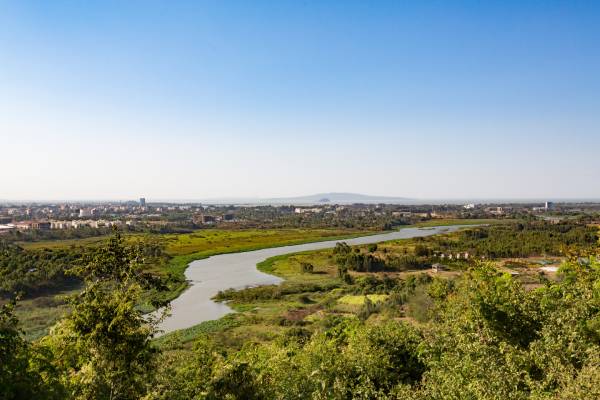

Blue Nile Falls
Tis Issat, also known as the Blue Nile Falls, is often called the “Smoking River” due to the misty spray created by its powerful cascading waters. As the rushing streams crash against the river’s surface, fine water droplets rise into the air, giving the illusion of smoke.
Located about 30 kilometers downstream from Bahir Dar and Lake Tana, the falls are a breathtaking natural wonder, especially during the peak rainy season in September. At this time, the falls expand to an impressive 400 meters in width, showcasing the raw power of nature.
Visitors can explore the area through guided tours, either by jeep or on foot. For those up for a challenge, a steep 15-minute hike from the base of the hillside leads to the best panoramic view of the falls. The ideal time to visit is in September when the waterfall is at its most spectacular.
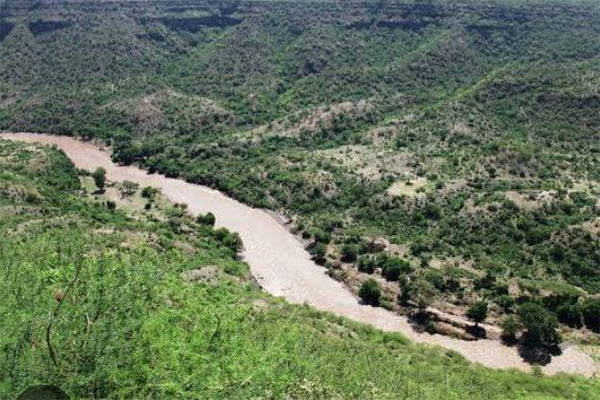

Lower valley of Awash
Located at the north-eastern end of Africa’s Great Rift Valley, near Ethiopia’s border with Djibouti, this is a huge paleontological and historical place teeming with evidence and discoveries of the early men. It covers an area of a hundred and fifty kilometers with skeletal structures as old as four million years.It was also the site that provided enough skeletal fragments to create “Lucy” an Australopithecus Afarensis, an early human ancestor. It is also a great spot to watch hyenas.There are car rides through the valley, with opportunities to get up close and personal with paleontologists and wildlife. You can visit all year round, preferably in the mornings.
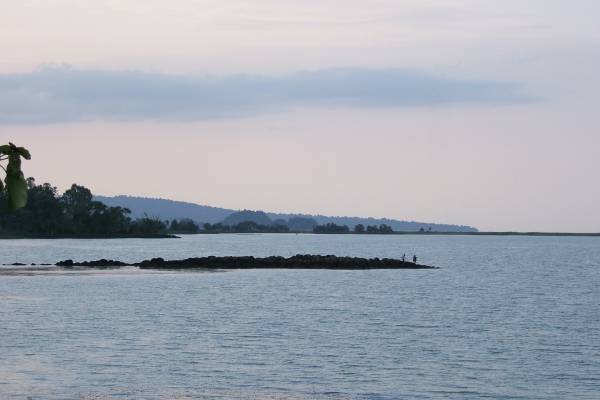

Lake Tana
Located in the Amhara Region of northwestern Ethiopia, Lake Tana is the country’s largest lake and the primary source of the Blue Nile. It is home to a rich variety of wildlife, much of which is unique to the lake. The surrounding ecosystem supports the local communities, showcasing a remarkable balance between human life and nature. Due to its ecological significance, Lake Tana has been designated a UNESCO Biosphere Reserve.
For travelers, a visit to Lake Tana offers the opportunity to rent a boat and explore its vast waters. Along its shores and islands, centuries-old churches with distinctive architecture stand as testaments to Ethiopia’s rich history. These historic sites can be explored on foot, providing an alternative for those who prefer a land-based adventure over a scenic boat ride.
The best time to visit is in September when the landscape is lush, and the weather is ideal for exploration.
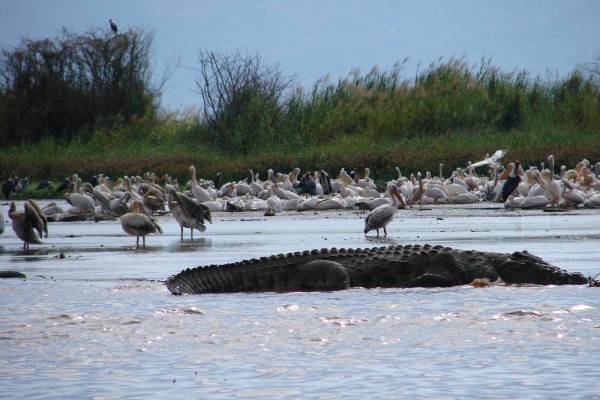

Rift Valley
The Rift Valley in Ethiopia is a branch of the East African Rift that cuts through Ethiopia in a southwest direction from the Afar Triple Junction. It comprises of hot springs, lakes and amazing wildlife.The valley was created as a result of a rift in the earth’s crust. The Rift Valley has about seven lakes. Each lake has unique features as well as endemic wildlife. The hot springs are rumoured to have chemical reactions that are soothing and therapeutic for you.If sightseeing isn’t enough, most of the lakes allow swimming, water sports of all kinds, while Lakes Shalla and Abiata are ideal spots for bird watching. The best time to visit is September to October.
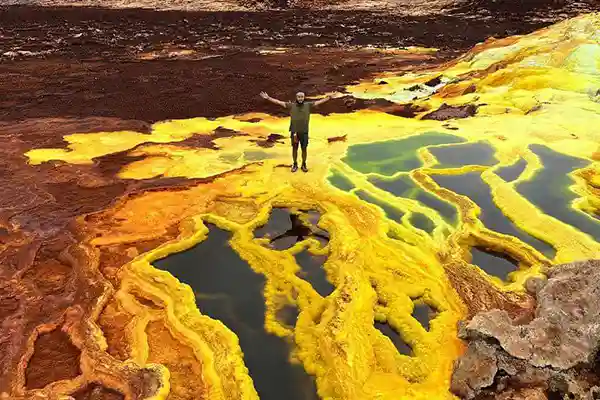

Danakil Depression
This site is not for the faint of heart. The Danakil Depression is at the edge of the Rift Valley. It is a desert region in the Afar region of northeastern Ethiopia. It is basically a melting pot of hot lava spilling out in colourful splashes.The heat of the lava lake feeds sulfuric springs which gives a brilliant technicolor landscape of incredible blues, greens, and browns. The Danakil Depression is actually one of the lowest points on earth, beneath sea level, not covered in water.The best time to visit it is when it is coolest between November to early January as it’s one of the hottest places on earth. There are tours organised into this remote area.
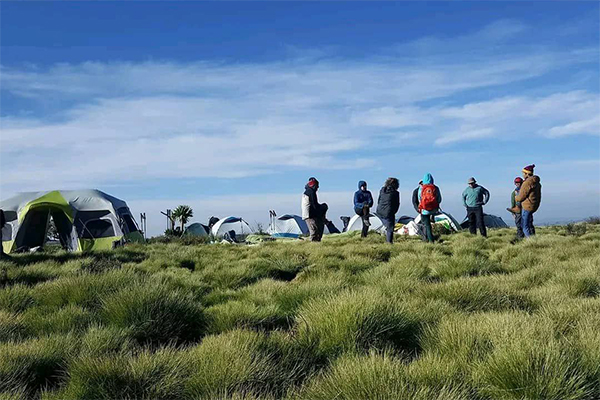

Simien National Park
A land shaped by nature, the Simien Mountains is a breathtaking visual delight located north east of Gondar in Amhara region. It’s highest point reaches about 3600 metres above sea level, a dizzying combination of high peaks, swooping valleys, deep gorges and some of the most unique vegetation and wildlife you will ever see.Vegetation like the Erica tree and species like the ibex, Simien wolf and Geleda baboon are endemic to this area. The best time to visit the mountains are from September to November after the summer rains.These seasons give a great view of lush vegetation. There is no shortage of things to do with organised tours lasting up to two weeks, as well as treks and hiking options for the more adventurous soul.What do you think of our bucket list of must see natural sites of Ethiopia? There is no better way to describe them. You must experience them yourself. Start planning your trip right away.
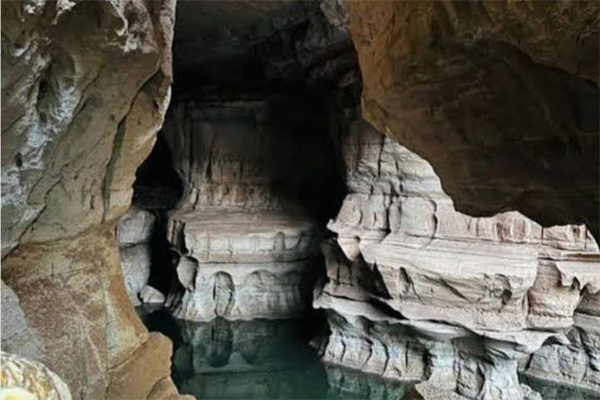

Sofe Omar Cave
Nestled in a tiny Muslim village, the Sof Omar caves are one of the country’s hidden jewels.Located to the east of Robe, in the Bale Zone of the Oromia Region in southeastern Ethiopia, the caves are a complicated labyrinth of fascinating arched ceilings, echoing chambers and incredible high eroded ceilings.The network of caves is a feast for an explorer’s mind. Armed with torches, a guide or a map, a tour through the caves could be your own little Indiana Jones moment.The sight of the Wab River cutting through the cave adds another depth to the experience. You can visit anytime except August and October. This is because in these months the flood waters are high and the caves are inaccessible.
